Is Beeswax Lip Balm Bad? Debunking Myths and Presenting Facts
When considering lip care, beeswax lip balms are frequently touted for their natural moisturizing properties. With their ability to seal in hydration, protect against the elements, and provide a natural barrier, these lip balms are a go-to choice for many seeking relief from dry or chapped lips. Beeswax is a key ingredient noted for its emollient qualities, forming the base of many formulations alongside almond oil, coconut oil, and honey, which have been traditionally used to promote lip health.

Yet, it is important for users with sensitive skin to assess the suitability of beeswax lip balms, as any ingredient has the potential to cause reactions. While beeswax is generally considered safe, some individuals might experience irritation or allergic responses. Additionally, the environmental and ethical considerations surrounding beeswax production are increasingly important for conscious consumers. The origin of the beeswax, the conditions of the bees, and the practices of beekeeping can impact the selection process for those looking to make environmentally sound and ethically responsible choices.
Key Takeaways
- Beeswax lip balm is widely recognized for its moisturizing and protective benefits.
- It is generally safe, but caution is advised for those with sensitive skin.
- Consideration of environmental and ethical factors is important when choosing beeswax lip balm.
Composition and Benefits
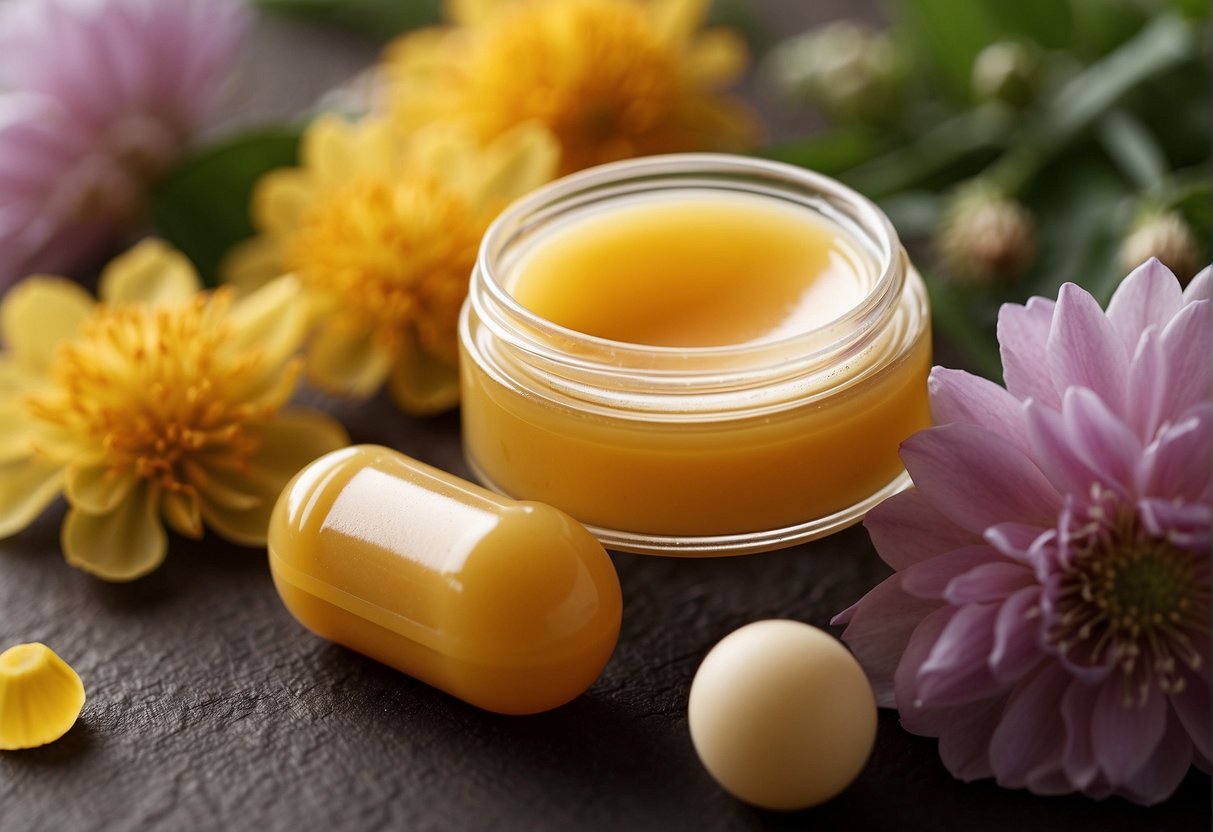
In crafting beeswax lip balm, we strive for a blend that delivers hydration and protection while minimizing any risk of irritation. We choose components known for their healthful properties to achieve these goals.
Natural Ingredients and Health Benefits
Beeswax: It serves as a natural emulsifier and is rich in vitamin A, contributing to cell reconstruction and health. Coconut oil: This oil is a hydrating agent that also carries antimicrobial benefits. Honey: Often included for its soothing properties. Vitamin E: Recognized as an antioxidant, it helps in lip care by fighting off free radicals. Essential oils: Added for fragrance and potential therapeutic effects, though their use is selective to prevent sensitivities.
Moisturizing Properties
We ensure our lip balm formulation is potent in moisturizing agents to effectively hydrate the lips. Beeswax and coconut oil work synergistically to seal moisture and create a protective barrier. This combination prevents water loss, keeping the lips well-hydrated and smooth for an extended period.
Potential Allergens and Irritants
While natural ingredients are generally gentler, we recognize the risk of allergens:
- Beeswax: Rare but can cause reactions in those allergic to pollen or propolis.
- Essential oils: We choose oils carefully, as some individuals can develop contact dermatitis.
In our process, we meticulously balance the lip balm's composition to bolster its moisturizing prowess while being vigilant about potential allergens to ensure broad suitability.
Considerations for Sensitive Skin
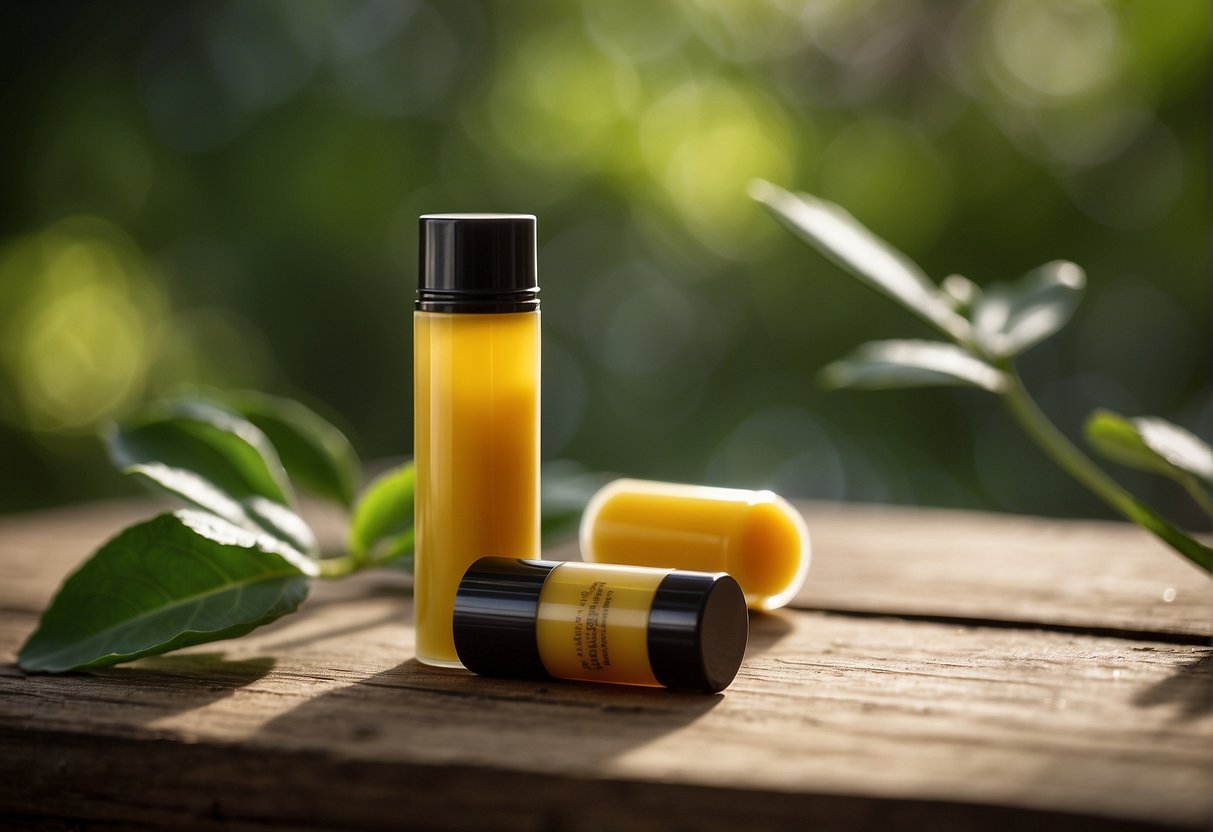
When selecting lip balm for sensitive skin, we need to be aware of potential irritants and hypoallergenic options that can provide relief without causing irritation.
Identifying Irritants
For those of us with sensitive skin, identifying and avoiding common irritants is crucial. Ingredients like fragrance and lanolin may cause skin reactions or irritation. Beeswax itself is typically not an irritant, but beeswax-based products might include other harmful additives.
Hypoallergenic Options
We recommend opting for hypoallergenic lip balms, specifically formulated to minimize the risk of allergic reactions. These balms typically exclude common irritants and instead use ingredients that are kind to sensitive skin. When in doubt, choosing fragrance-free products is a good starting point.
Environmental and Ethical Factors
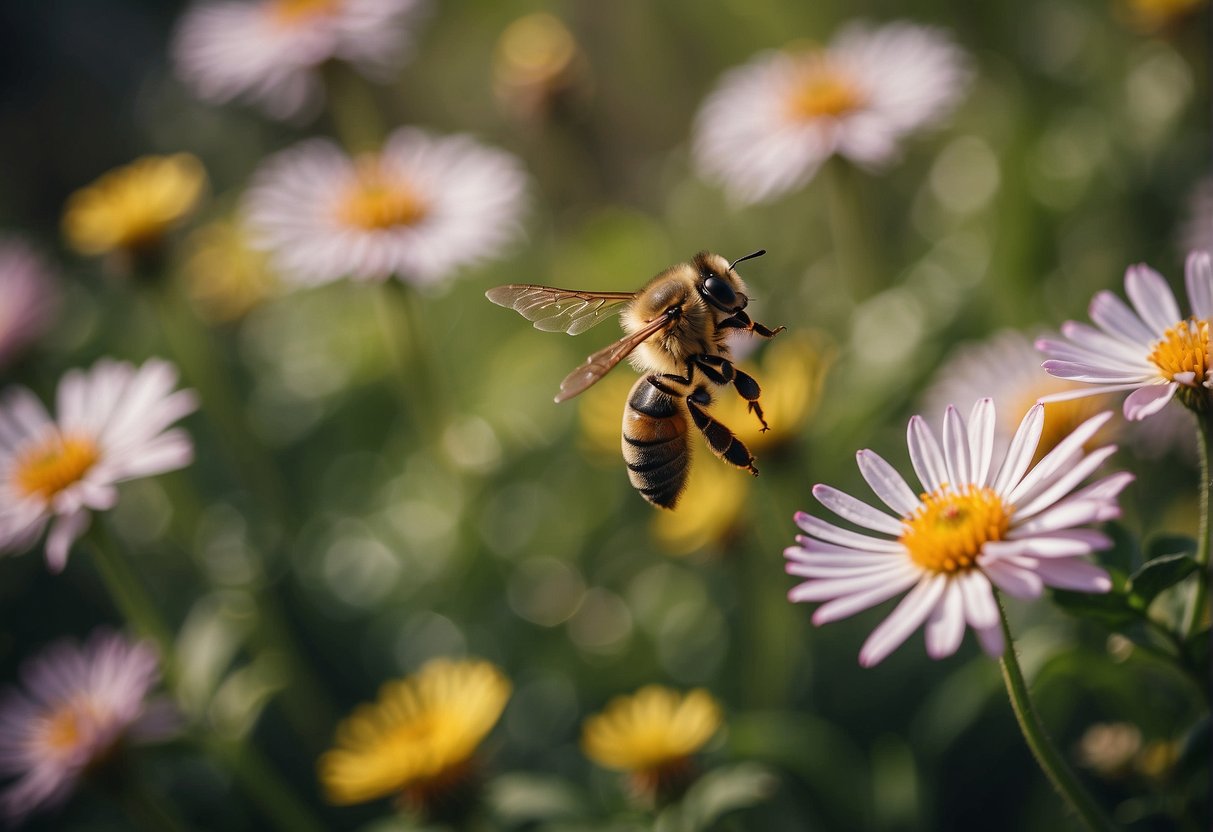
We recognize that beeswax lip balm can have various environmental and ethical implications. In this section, we'll explore the significance of sustainable sourcing practices and the choice between cruelty-free and vegan lip balms.
Sustainable Sourcing
In our commitment to environmental stewardship, we focus on sustainable sourcing of beeswax. This means ensuring that the beeswax is sourced from suppliers who maintain organic beekeeping practices, which not only supports the health of bee populations but also contributes to the reduction of pesticide contamination. Our sustainable sourcing efforts often lead us to prioritize organic certification, recognizing farms that uphold stringent ecological standards. Additionally, we look for opportunities to utilize recyclable packaging to minimize our environmental footprint and support a more circular economy.
Cruelty-Free and Vegan Choices
When it comes to cruelty-free and vegan options, we're thorough in verifying that no animal testing has occurred at any stage of product development. This aligns with our ethos of compassion and respect for all creatures. For customers who prefer completely animal-free products, we offer alternatives to beeswax, like natural lip balms derived from plant-based waxes. As part of this consideration, we respect pioneers like Burt Shavitz and Roxanne Quimby who, through their work, have emphasized the importance of natural ingredients and ethical business practices in the creation of lip care products.
Economic Considerations

In assessing the economic impact of beeswax lip balm, it is imperative to explore both its cost-effectiveness and its price in relation to other lip care products.
Cost-Effectiveness
Beeswax lip balm is recognized for its inherent economical nature due to the longevity of use each unit provides. We consider the extended durability of beeswax, which allows consumers to apply the balm less frequently while still achieving effective moisture, thereby making a single purchase last longer.
Price Comparison with Other Lip Care Products
When compared to other lip care options, beeswax lip balm often presents a great price considering its benefits. A brief analysis of market prices reveals the following:
- Standard Lip Balm: $1 - $3
- Beeswax Lip Balm: $2 - $5
- Premium Lip Care: $5 - $10
Our findings show that beeswax lip balm usually falls in the middle price range. Although it might appear slightly higher in cost than basic lip balms, its natural composition and effectiveness in lip care provide an economical alternative to more expensive, premium products.
Selection and Usage Tips
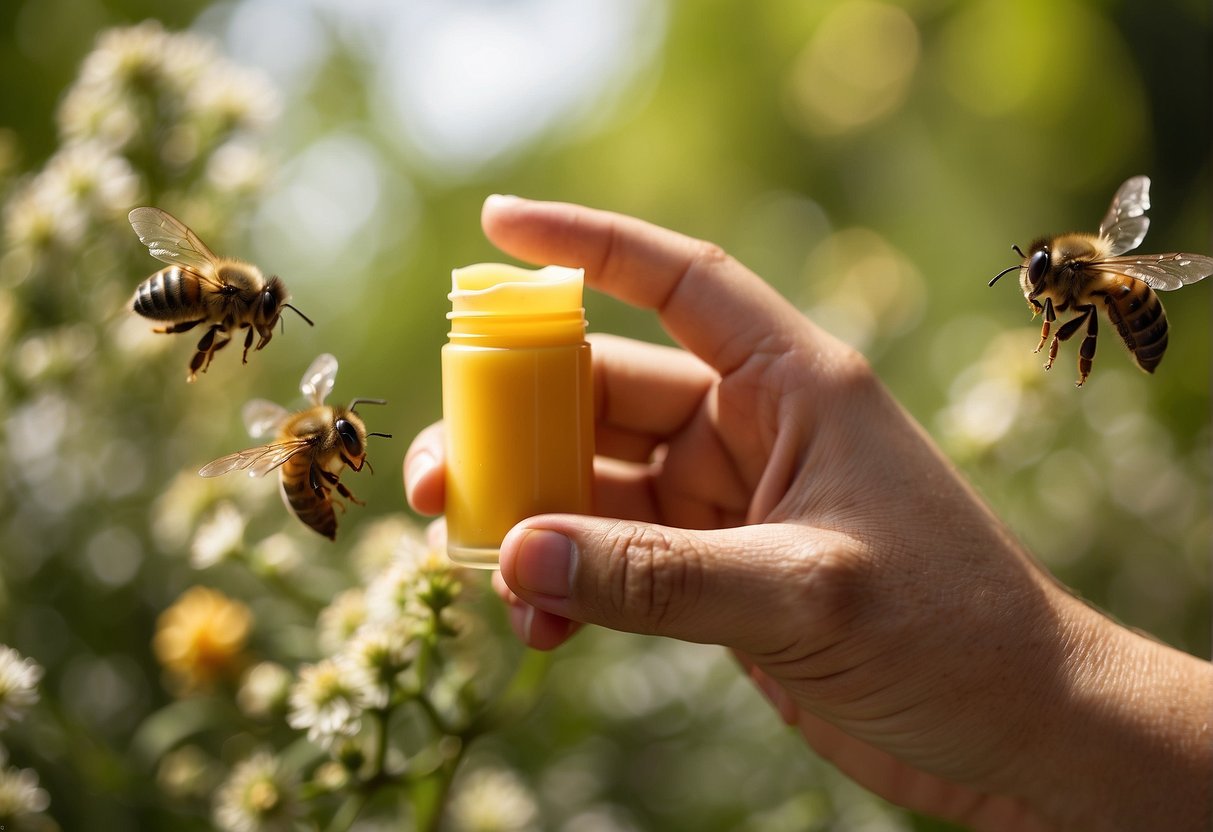
When selecting a lip balm, it's crucial we choose one that not only moisturizes but also provides protection against environmental elements. Here are some specific tips to ensure we use our lip balm effectively and reap the best benefits from its ingredients.
Choosing the Right Lip Balm
Ingredients Matter: Opt for lip balms containing natural beeswax as a key component, as it is excellent for sealing in moisture and providing a barrier against harsh conditions. Avoid those with potential irritants or allergens, particularly if you have sensitive skin.
SPF is Essential: For added sun protection, choose lip balms with an SPF rating, ensuring we have a defensive layer against harmful UV rays that can lead to dryness and chapping.
Healing Properties: To assist with healing chapped lips, look for balms with natural oils like coconut or almond oil, which offer lasting protection and help in the repair of our delicate lip skin.
Application Recommendations
Regular Application: Apply lip balm liberally throughout the day, especially before exposure to extreme weather conditions, to maintain hydration and protect from drying out.
Night-time Care: Use a thicker layer of lip balm before bed to work in concert with the body's natural healing process during sleep.
Sun Protection and Healing
SPF Protection: Even on cloudy days, our lips can be damaged by UV rays. A beeswax lip balm with SPF provides a shield, helping prevent sunburn and maintaining healthy lips.
After Sun Care: If our lips have been exposed to the sun, using a beeswax lip balm can aid in the healing process, offering soothing relief and aiding in the recovery of sun-damaged skin.
Frequently Asked Questions
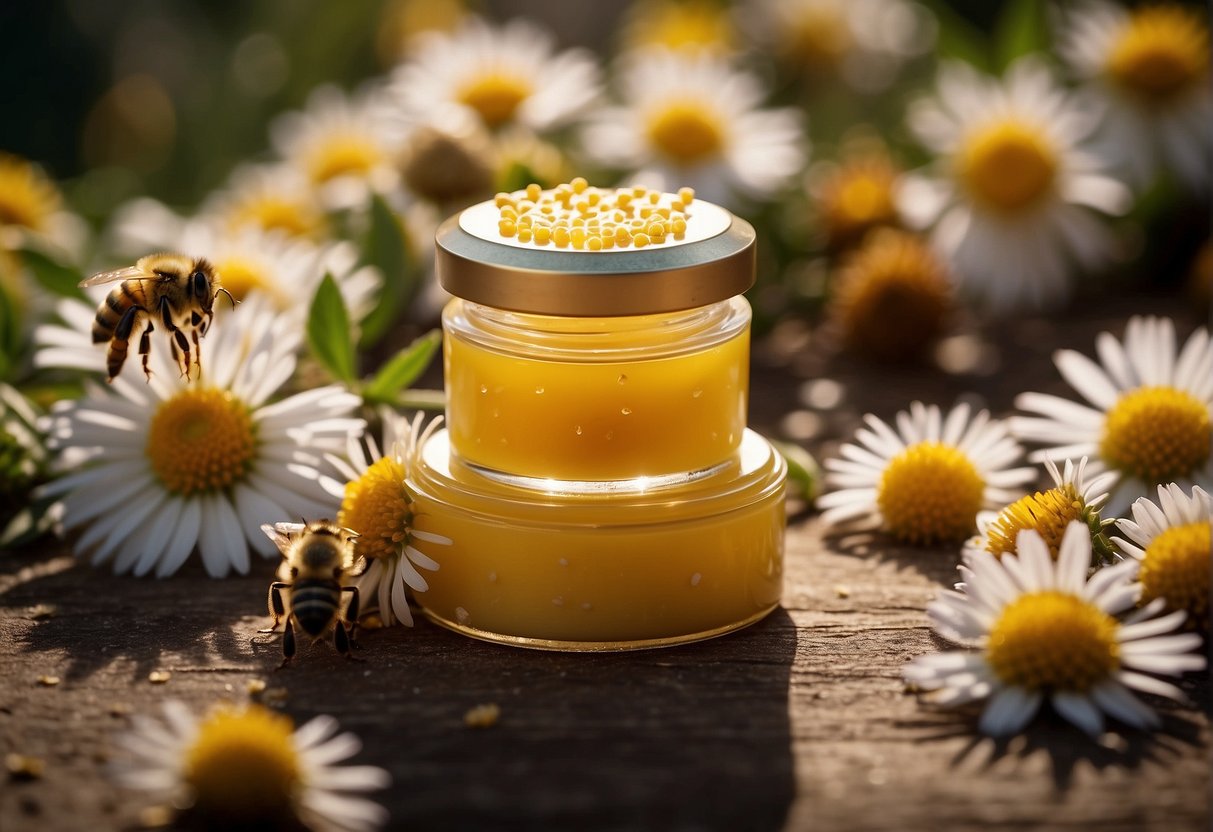
In this section, we address common inquiries about the effects of beeswax in lip balm on your health and well-being.
Can beeswax in lip balm cause allergic reactions?
Yes, beeswax can cause allergic reactions, though it's rare. Individuals with a history of allergies to honey or other bee-related products should be cautious.
What are the pros and cons of using beeswax as compared to Vaseline in lip balms?
Beeswax provides a natural barrier that helps to retain moisture, whereas Vaseline, being a petroleum byproduct, may not be as sustainable or eco-friendly. However, Vaseline has a softer texture and may feel less waxy on the lips.
Is it possible for beeswax lip balm to dry out lips?
Beeswax lip balms can sometimes lead to dry lips if they contain other ingredients that reduce moisture. However, beeswax itself is typically hydrating.
Are there any harmful ingredients commonly found in beeswax lip balms?
Some beeswax lip balms may contain additives like fragrances or preservatives, which can be irritating or harmful to some individuals. Always check the ingredient list.
How does beeswax in lip balm affect the natural pigmentation of lips?
Beeswax does not affect the natural pigmentation of lips. It acts as a protective barrier without altering color.
What should one look for when choosing the safest and most effective lip balm?
We recommend looking for lip balms with minimal ingredients, avoiding those with artificial fragrances or colors. Opting for products with natural moisturizers like coconut oil or shea butter alongside beeswax can provide effective hydration.